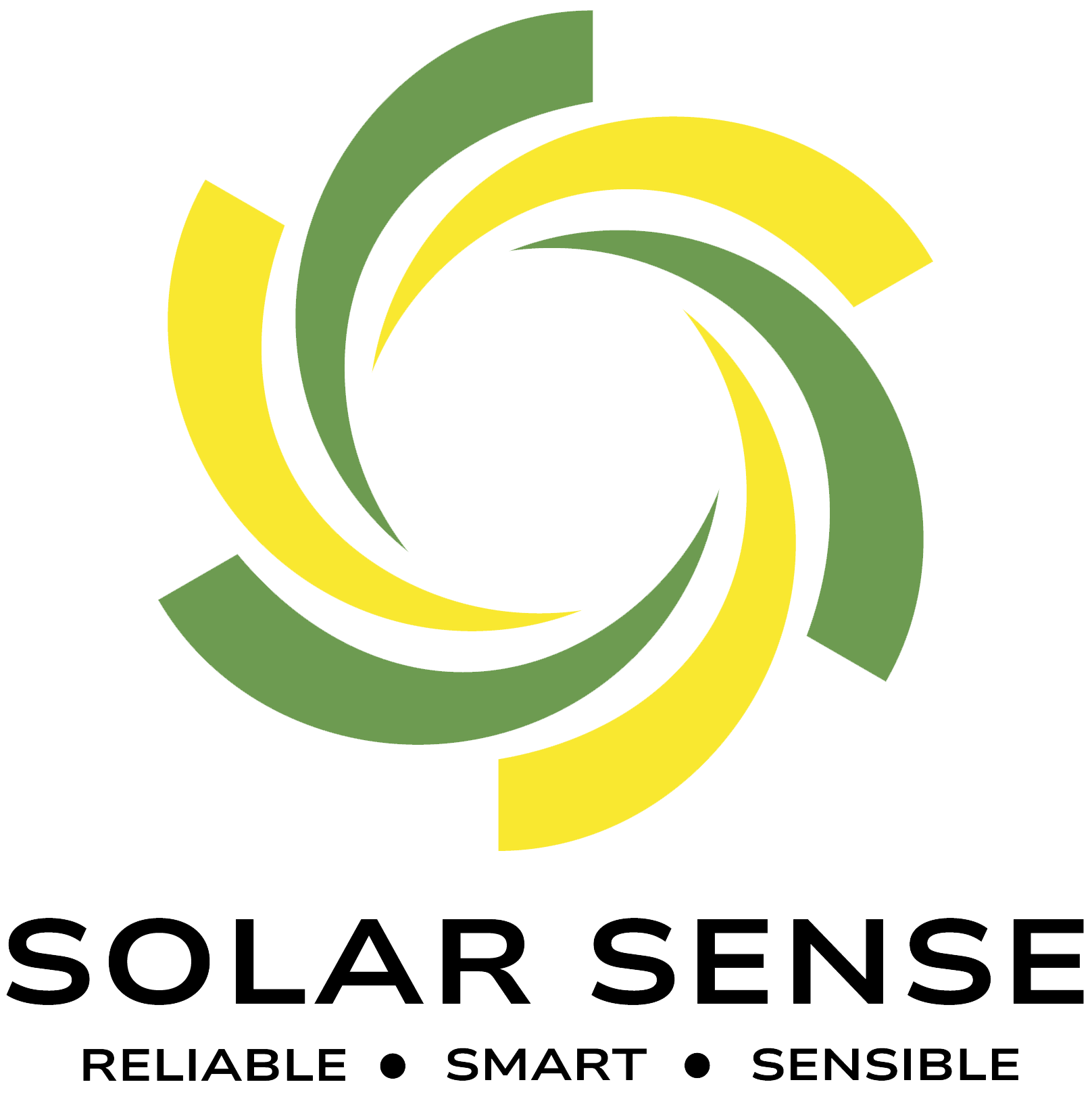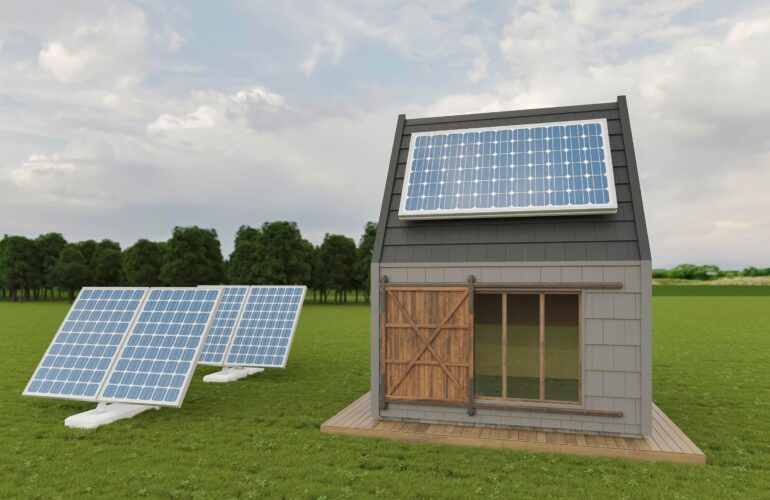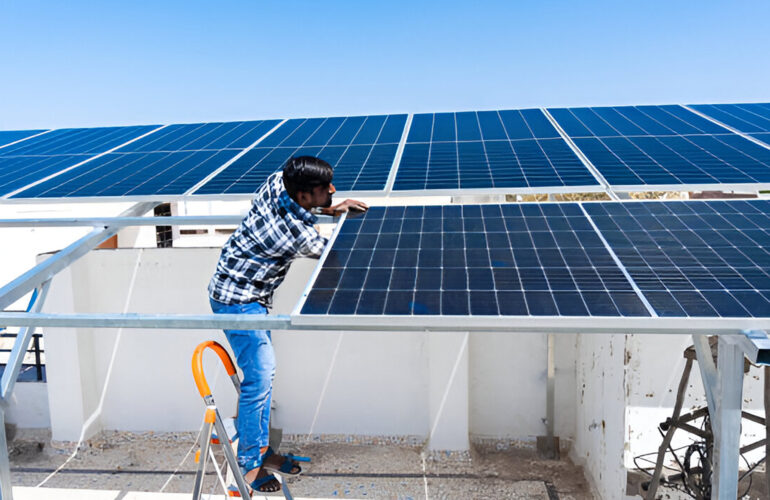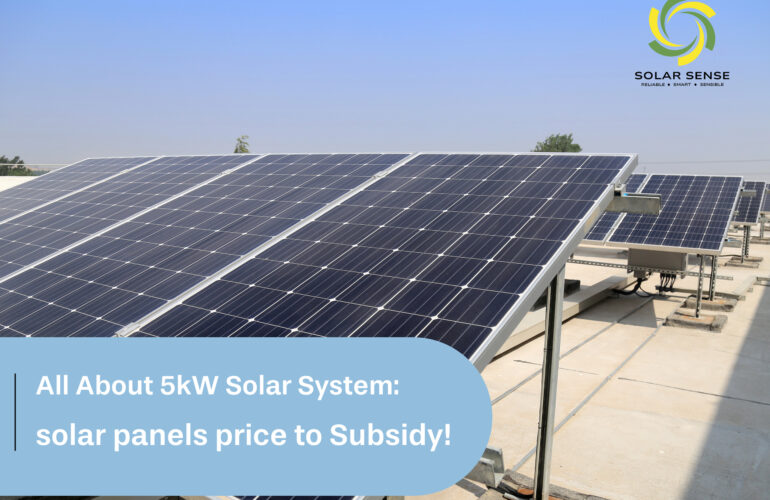Solar panel stands are of great importance in enhancing the performance of solar power systems. As they enhance the performance of solar power systems by capturing more sunlight and generating more energy. Solar Sense offers a wide range of stands that can help improve the performance of solar panels.
The correct installation structure must be used if the installation process is to be successful and this structure must hold the panels firmly at the correct angle so as to capture as much sunlight as possible and also increase the output. This article explains in detail about the various solar panel stands including their advantages, mounting systems, rooftop mounting options, brands and reviews. These factors are crucial for choosing the right solar panel stand to maximize solar energy generation.
Why are solar panel stands important?
Solar panel stands play a crucial role in any solar power system and use robust materials like aluminum or hot-dipped galvanized steel. The purpose of these stands is to hold solar panels correctly in place and endure all types of climatic conditions for many years. By raising the energy collectors above the ground, you can set the panels at a more suitable tilt angle. This increases their exposure to sunlight and enhances conversion efficiency.
- Maximum use of sunlight: When you set solar panels in the right position, they follow the movement of the sun and collect a greater amount of solar energy.
The stand also provides the panels with adequate tilt degrees that enable them to absorb as much solar energy as possible. - Maintaining panel support: Stands play an essential role in maintaining the orientation of solar panels. This helps them to prevent damage that impacts their physical properties. This stability allows for a longer physical working life of the panels. You reduce the chances of panels being damaged by wind, snow, and other adverse conditions.
- Ultimate impact on energy production and reliability: Strong and well-designed stands not only enhance energy production by allowing proper panel orientation but also increase the life of the panels by protecting them from excessive wear. This contributes to increasing the performance of the system and aids in smoothening energy production during its period of use.
Types of solar panel stands or mounting structure

You should not install the structure or stand for the solar panel haphazardly, as it affects the performance of the solar system. Galvanized iron stands perform well because they use strong material. While many people focus on buying solar panels, you should give equal attention to the stands, as the performance of the entire system depends on them.
There are several types of solar panel stands:
- Rack mounting system: wall-mounted support structure.
- Pole mounting system: freestand mounted on a pole or post.
- Adjustable mounting system: angles can be created for maximum sunlight.
Choosing the ideal stand guarantees maximum energy production, proper efficiency and the longest possible lifespan. Such a structure must also be strong enough to withstand moderate winds, hail, rain, snow and even mild earthquakes.
Best Types of solar panel stands or mounting Structure
1. Rack Mounting Systems
Rack mounting systems are the most commonly used solar panel mounting solution. Most involve a long metal structure that is mounted on the roof of a building, providing surface area to place solar panels on it. The design of rack mounting systems makes them relatively simple to install compared to other types of mounting solutions.
Advantages:
Mounting systems for solar panels make installation easier by providing secure support for proper alignment. It is versatile enough to be used with a variety of roof types and panel configurations, making it commercially viable. It is also cheaper than most customized mounting systems.
Disadvantages:
For those who prefer a sleek and clean design, metal frames may not be the best choice as they tend to be more conspicuous. They can rust, especially in bad weather, and you need to screw them into the roof, which poses a potential leak risk if you do not seal them properly.
2. Pole mounting systems
You use pole mounting systems in solar installations where the building structure cannot support the weight of the solar array, as well as in locations prone to strong winds or high gravity conditions, such as snowfall. Although cheaper designs are often adopted, pole mounting offers good possibilities for arranging solar panels close to street lamps, fences, borehole pumps, antennas, or mobile towers where other mounting arrangements might not work well.
Advantages:
Photovoltaic panels are adaptable and can be mounted on steep seam roofs that cannot bear their weight or on roof slopes where traditional mounting structures would not be suitable. They enable panels to be placed higher to minimise shading and allow more sunlight onto the panels. The panels also provide better ventilation, which aids cooling and improves system performance. Unlike traditional roof mounted systems, these are also accessible for cleaning and servicing. They can also be placed in many other areas such as between streetlights, fences, borehole pumps, antennae or mobile towers. Such systems provide better efficiency even in harsh weather conditions.
Disadvantages:
Generally, you construct elevated systems with more materials and infrastructure than sitting-rack mounting systems. Their visual impact may be more noticeable, and they may require a specifically designated area for the pole. They may also be more susceptible to damage or interference. The process of installation can be quite complex and may require technical expertise. They are easy to obtain, although they may present some problems with maintenance due to their elevated position.
3. Adjustable Mounting Systems
Movable mounting systems provide a means by which the angle of solar panels can be changed to ensure that efficiency is maximized under changing sunlight conditions. They are primarily suitable for areas where sunlight varies or properties where certain angles are required to harness the maximum possible solar energy. However, they are usually more expensive than racks or pole mounting systems.
Advantages:
The system of adjusting panel angles improves energy production by maximizing sunlight. It is flexible, allowing it to be used in areas with varying levels of sunlight or specific panel angles. This advanced system can increase energy production from a geographic location compared to fixed systems used in seasonal changes. It can be adapted to most locations and sun paths, improving efficiency in a variety of settings. This fine tuning results in efficient production of energy and improved performance of the entire system.
Disadvantages:
Movable or pole cellar systems cost more than fixed systems because they require additional complexity and components to produce. They are also more maintenance intensive, require frequent adjustments, and installation can be quite tedious and may require experts to install them. Any object or mechanism that has moving components will experience wear and tear and, thus, may fail mechanically. And also, they may use more space and are more likely to harm the aesthetics of the installation area.

4. Ground Mounting Systems
You install ground-mounted solar panels at an angle on a metal frame that supports them from the ground. They are suitable for solar power plants, as well as for farms, industry and commercial applications.
If you need more roof space or an area free of trees, this is the best solution for you. However, you should install ground-mounted systems in a clean, safe, and sturdy place because they can become contaminated by vandalism, dirt, leaves, or snow.
Advantages
The system provides possibilities for higher generation, has greater capacity, does not require any house modifications and it is simpler to install tracking systems.
Disadvantages
The storage system is expensive, requires a shadow-free area, and is prone to vandalism and dirt accumulation underneath the panels.
5. Rooftop Mounting Systems
You can mount rooftop solar stands, also called roof racks for solar panels, on roofs to provide a sturdy and compact base for the solar panels. They are inexpensive as the material is cheap and reduces the amount of wiring by reducing the distance between the inverter and the solar array and hence reducing DC losses.
People commonly use this structure in residential and commercial areas, especially where extra roof space is available. As a downside, they penetrate the roof and if not sealed properly, this can cause some leakage problems. They are also dependent on the roof orientation, angle, shading, etc. which can reduce their efficiency. You can also use tilting system structures, such as solar trackers, for roof mounts.
Advantages:
Low installation cost, ease of maintenance, energy production from otherwise wasted roof area and protection of the roof below.
Disadvantages:
This system requires inclined installation through the roof and proper shade control and at the same time proper space, although there is difficulty in providing these features on a large scale.
6. Carport Mounting Systems
Solar carport mounting structure is a structure that facilitates fixing solar panels to the shade structure of a carport or parking lot to reduce heat and collect solar energy. The system features a supporting frame structure made of rigid aluminum and galvanized steel that you can adjust to fit various solar panel dimensions and combinations. Carports resemble ground-mounted solar structures, but you install them at a higher level to provide parking space underneath. They sometimes include integrated EV charging points and can serve both residential and commercial purposes. These structures enhance the design of the space and are suitable for domestic and business applications.
Advantages:
Sustainable, energy productive as well as cooling, this system makes optimum use of underutilised areas to produce energy and provide shade.
Disadvantages:
Requires shadow-free land space to set up.

7. Shed Mounting Structures
Shed mounting structures are similar to rooftop solar installations. You convert these structures into metal sheds or sheet roofs instead of concrete roofs. You regularly install them in places like factories, warehouses, and cafeterias to produce clean energy and reduce energy expenditure.
Advantages:
This system has low installation costs, inexpensive maintenance, and utilizes bare rooftops to produce energy.
Disadvantages:
Power output is higher in the middle turbines but requires the installation of shadow reduction panels in the roof top area.
8. Tracking System Mounting Structures
Racks fitted with tracking platforms for solar tracking and solar water pumping systems are self-adjusting devices that help orient the panels to the sun at the best angle. In areas with high temperatures, they are particularly useful. “There are two types: single axis trackers track the inclination of the sun while two axis trackers follow the inclination and rotation of the sun, these often include PV concentrators. They improve efficiency and help reduce labor, but solar trackers are rare because of their cost and mechanical failures.
Advantages:
This system increases efficiency by concentrating production during peak periods, optimizing spatial capacity, and preventing shading.
Disadvantages:
The installation process is complex and expensive, so rehabilitation is difficult.
Why should you use the best solar panel stand?
A poorly designed structure that shakes in high winds can warp the insides of solar panels, causing microscopic cracks in the silicon. Such cracks often lead to less power and cause the system to malfunction.
- Phone: +91-8130025257
- Email: info@solarsense.in
- Solar Sense
- 13 Main GT Road, Azadpur, Delhi-110033
Stay connected with us for the latest updates and offers on our solar solutions.




